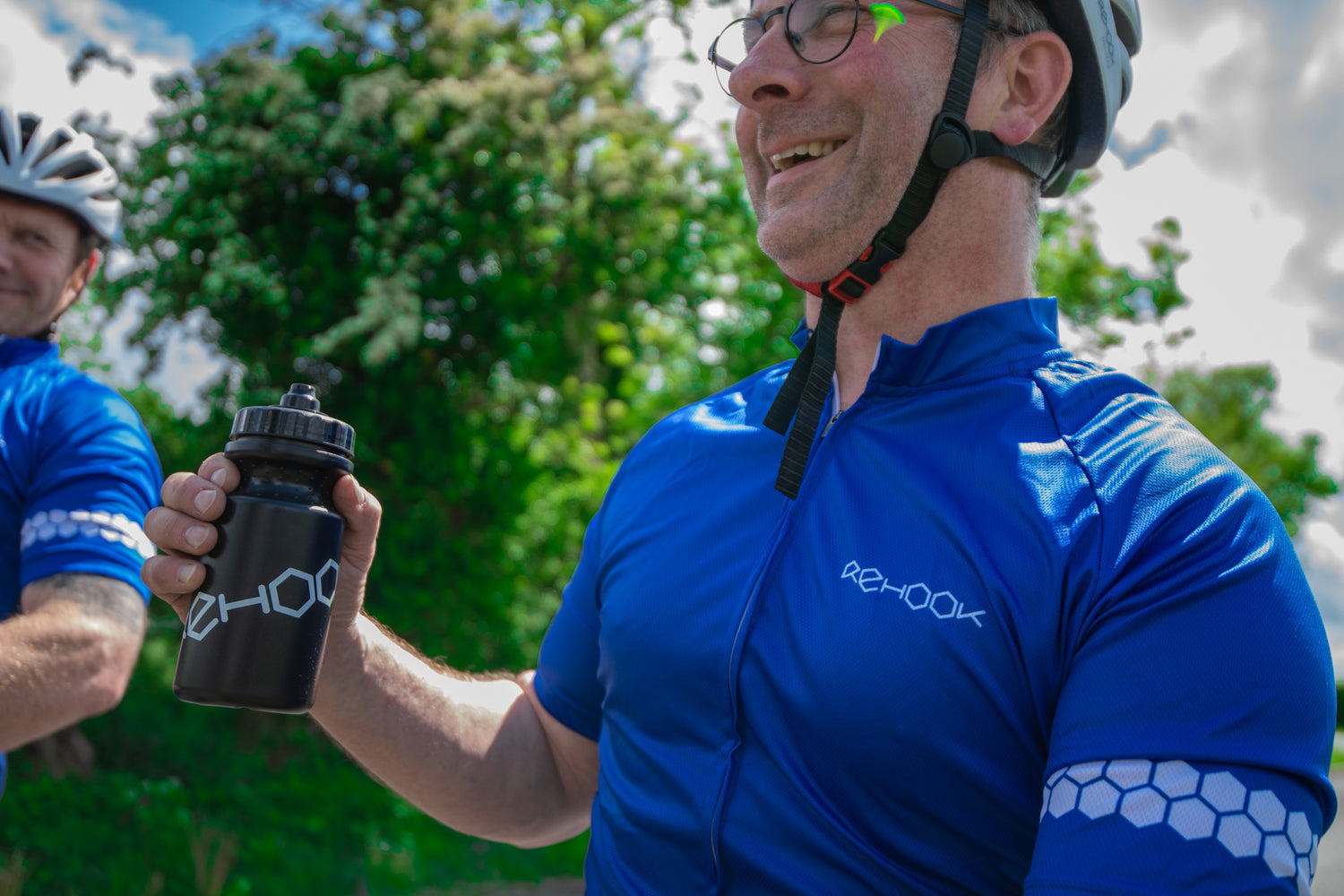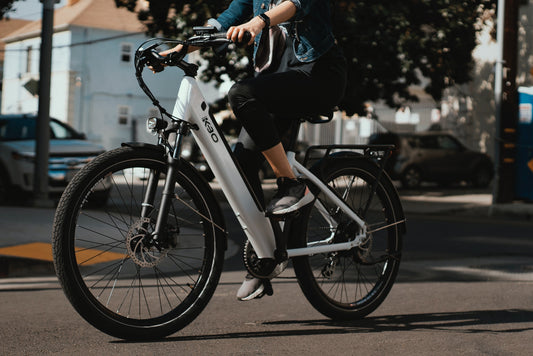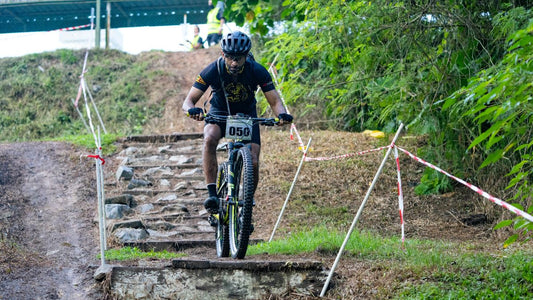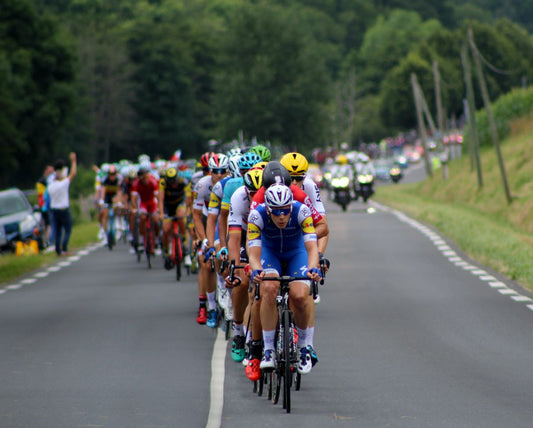sit-in
Verb, Noun
When a cyclist deliberately blocks the progress of another cyclist in a race.
Example usage: He tried to sit-in on the other cyclist to gain an advantage in the race.
Most used in: Road racing.
Most used by: Professional cyclists.
Popularity: 8/10
Comedy Value: 3/10
Also see: drafting, slipstreaming, wheel-sucking, drafting behind,
What is a Sit-In in Cycling?
Sit-ins in cycling are a type of group riding strategy that is used to improve cyclist safety. It is a form of collective protection for cyclists, where a group of riders will cluster together, usually in a line, to take up as much of the lane as possible. This allows them to be visible to drivers and to make sure they have enough space to ride safely.
This strategy is especially useful for cyclists who need to ride on roads that are not bike-friendly. It also helps cyclists to stay together while riding in a group. Statistics show that cyclists are five times more likely to be involved in a crash when riding alone compared to when riding in a group.
Sit-ins are also a great way to practice defensive cycling, since the group can move together as one, negotiating turns and other traffic more easily than a single rider. They can also be used to slow down traffic if the group is riding on a busy road.
Sit-ins can be used for road rides, mountain bike rides, or any other type of ride where cyclists are sharing the road with other vehicles. It is an effective way to improve safety and to make sure cyclists are seen and respected by drivers.
.The Origin of the Term 'Sit-In' in Cycling
The term 'sit-in' is used to describe a type of cycling event that originated in the Netherlands in the late 1990s. It involves a group of cyclists riding together in a single line at a slow speed, usually under 10 km/h. The goal is to create a visually impressive spectacle while occupying as much of the road as possible.
The term 'sit-in' was first used in the context of cycling in 1999 to describe a large-scale cycling event that took place in the Netherlands. It was organized by the Dutch cycling advocacy group Fietsersbond, who used the term to refer to a group of cyclists gathering together to demonstrate the potential of cycling in urban areas. Since then, the term has been used to refer to a variety of cycling events, including those that involve cyclists occupying roads to protest for safer cycling infrastructure.
Today, the term 'sit-in' is used in many parts of the world to describe cycling events that involve occupying roads to make a statement or show the potential of cycling. It has become a widely used term in cycling advocacy, and it has helped to popularize the idea of making cycling more visible and accessible in cities around the world.












